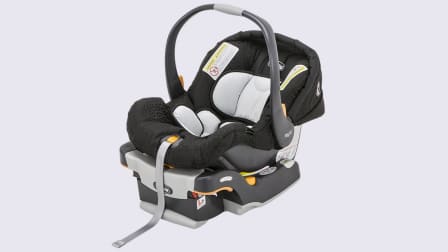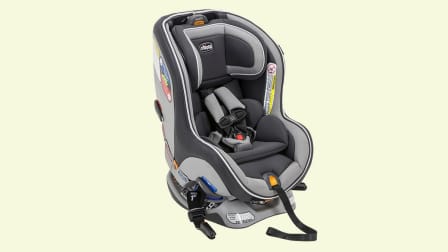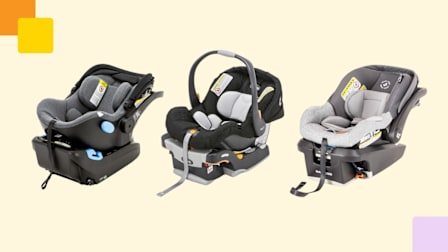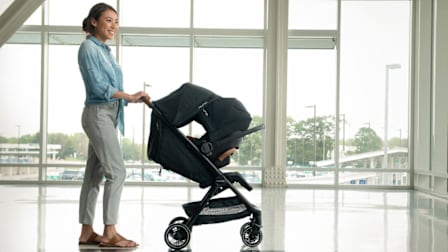How to Avoid Common Car Seat Installation Mistakes
CR highlights errors and offers ways to fix them
Most parents think their child’s car or booster seat is installed correctly. But nearly half of installations are flawed in some way, according to the National Highway Traffic Safety Administration. When your child’s car seat isn’t properly secured, it can come loose in a collision—or potentially even during regular driving—risking injuries or worse. All the more reason to find a certified child passenger safety technician or car seat check station in your area to make sure yours is correct (NHTSA|Safe Kids).
First Steps: Car Seat to Vehicle Installation
The examples on the left show what not to do, while the images on the right demonstrate the proper technique.
Car Seat Installation
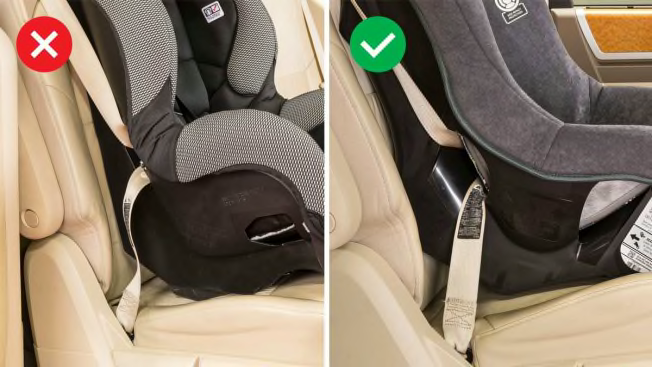
Photos: Consumer Reports Photos: Consumer Reports
Don’t allow more than 1 inch of movement either forward and back or side to side when force is applied at the belt path.
Do: Regardless of whether you’re using LATCH anchors or the vehicle’s seat belt, the installation should have less than 1 inch of movement forward and back and side to side when pulled at the belt path. If you’re installing it with the vehicle seat belt, be sure to consult your owner’s manual to learn how to properly lock the seat belt.
Recline Angle for Rear-Facing Seats
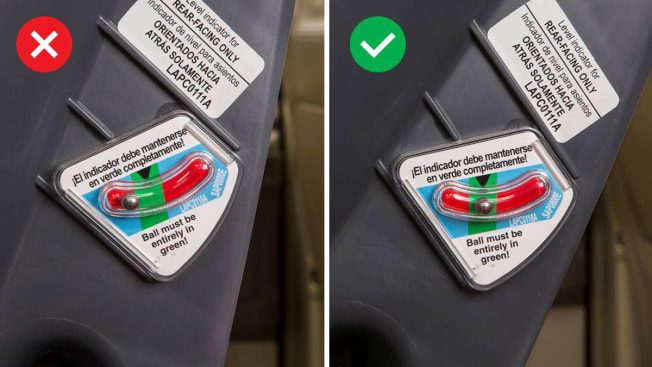
Photos: Consumer Reports Photos: Consumer Reports
Don’t set the recline angle for rear-facing car seats incorrectly.
Do: Be sure to follow the manufacturer’s instructions for setting the recline on your rear-facing seat. A seat that’s too upright can cause an infant’s head to fall forward and obstruct his or her breathing. Reclining too far can reduce the seat’s ability to protect the child in a crash.
Seat Orientation and Belt Path
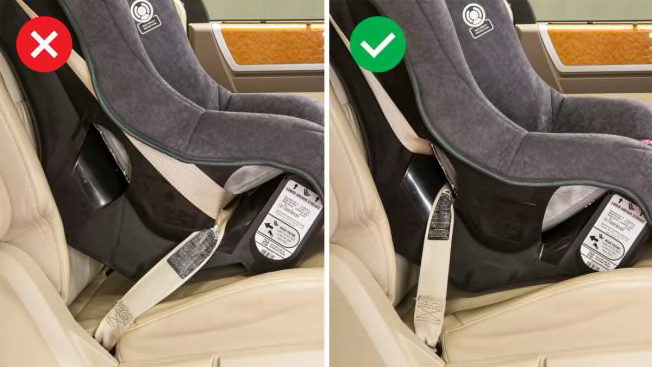
Photos: Consumer Reports Photos: Consumer Reports
Don’t use a forward-facing belt path for a rear-facing orientation or a rear-facing belt path for a forward-facing orientation.
Do: Consult your car seat manual and the seat’s labels to make sure you’re using the correct belt path. Confusing the paths could mean the seat isn’t secure or may not work as it should during a crash.
Top Tether for Forward-Facing Installations
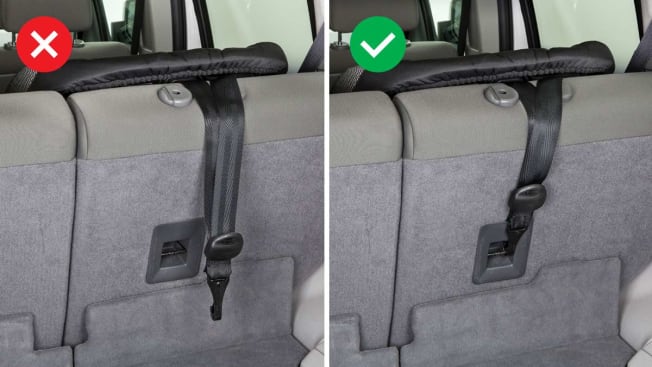
Photos: Consumer Reports Photos: Consumer Reports
Don’t forget to use a top tether for forward-facing installation.
Do: For a forward-facing installation, always attach the top tether whether the seat is installed using the lower anchors or a seat belt. The top tether significantly reduces a seat’s forward motion, which can reduce injury to a child, especially a head injury. Research on car seat misuse by the University of Michigan Transportation Research Institute also suggests that to some degree, a top tether use may help mitigate the effects of other misuses, such as loose harnessing or loose installation. Top tethers not only enhance safety but are also easy to use.
Next Steps: Securing Child in Car Seat
The photos below show what not to do (left) and what you should be doing (right) when securing your child in a car seat.
Harness Tightening
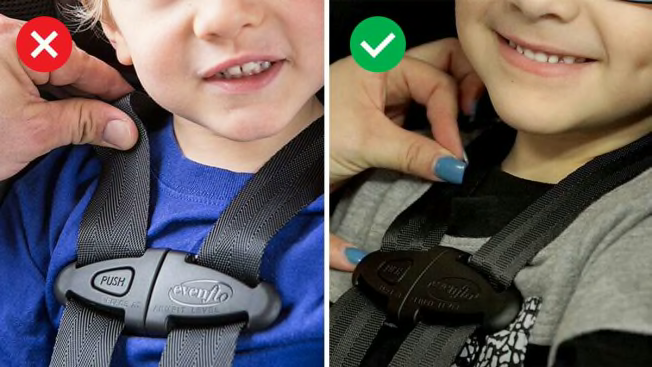
Photos: Consumer Reports Photos: Consumer Reports
Don’t leave a loose harness that allows too much movement.
Do: Make the harness snug enough so that you can’t pinch any webbing between your fingers at your child’s shoulders. A loose harness can cause your child to move outside the protection of the child seat during a crash.
Rear-Facing Harness Height
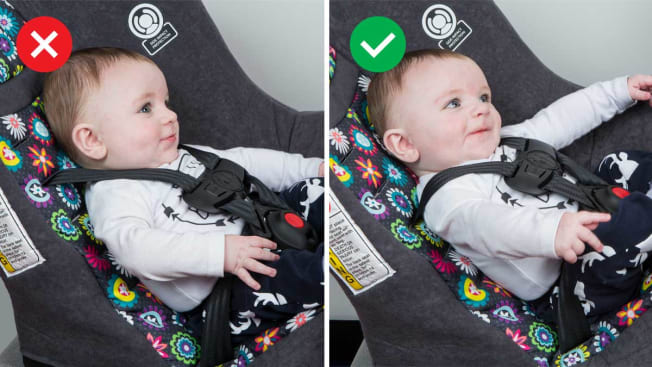
Photos: Consumer Reports Photos: Consumer Reports
Don’t position the harness at the wrong height for a rear-facing installation.
Do: For rear-facing seats, the harness should be positioned at or slightly below the shoulders. Correct harness positioning optimizes the seat’s ability to protect in a crash.
Forward-Facing Harness Height
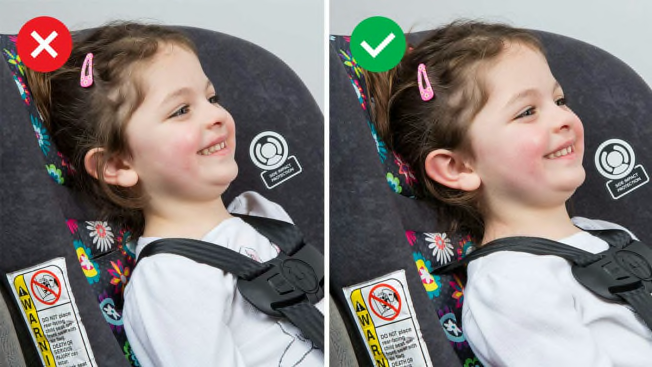
Photos: Consumer Reports Photos: Consumer Reports
Don’t position the harness at the wrong height for a forward-facing installation.
Do: For forward-facing seats, the harness should be adjusted to fit at or slightly above the shoulders. Correct harness positioning optimizes the seat’s ability to protect in a crash.
Chest-Clip Position
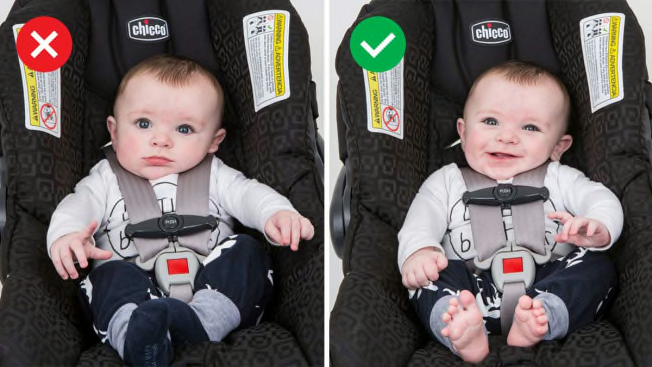
Photos: Consumer Reports Photos: Consumer Reports
Don’t position the chest clip too high or too low.
Do: Position the chest clip at armpit level. It’s intended to keep the harness in the proper position in the event of a crash.
Covers and Cushions
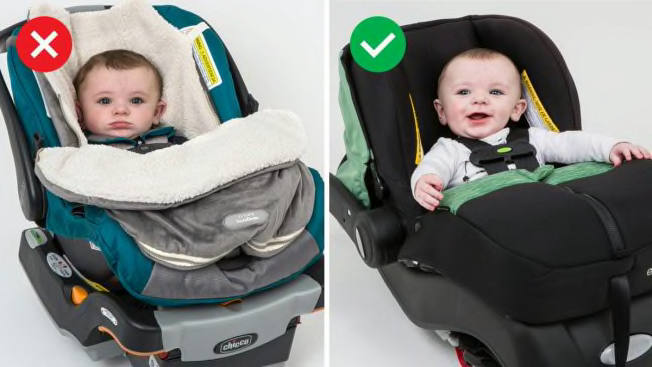
Photos: Consumer Reports Photos: Consumer Reports
Don’t use nonapproved covers and cushions.
Do: Use only covers and cushions that have been approved by the car seat manufacturer for use with that seat. These items have been crash-tested with your seat to meet compliance standards. As a rule, don’t place additional padding between the seat and your child or between your child and the harness straps.
The NHTSA study also found that the most common misuse of booster installations was placing the lap belt high on the belly or rib cage rather than low across the hips and upper thighs. If you have a booster seat, check our car seat buying guide for more information on how to properly secure your child in it and how to decide whether your child is ready for a vehicle’s seat belt alone.
@consumerreports Replying to @Elise_Torres We’ve been working for decades to make car seats safer. New infant seat models from Diono and Peg Perego both meet federal standards for infant car seats but had issues in our independent crash tests. Learn more about how our tests go above and beyond—and why we do what we do—through the link in our bio. #parentsoftiktok #babytiktok #carseat #carseatsafety
♬ original sound - Consumer Reports




























































